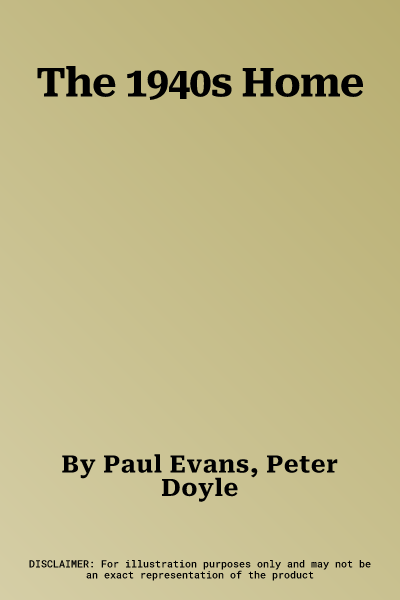Paul Evans
(Author)The 1940s HomePaperback, 20 October 2009

Temporarily out of stock
Free Delivery
Cash on Delivery
15 Days
Free Returns
Secure Checkout

Part of Series
Shire Library
Print Length
48 pages
Language
English
Publisher
Shire Publications
Date Published
20 Oct 2009
ISBN-10
0747807361
ISBN-13
9780747807360
Description
Product Details
Authors:
Book Format:
Paperback
Date Published:
20 October 2009
Dimensions:
20.32 x
14.48 x
0.51 cm
Genre:
British
ISBN-10:
0747807361
ISBN-13:
9780747807360
Language:
English
Location:
New York
Pages:
48
Publisher:
Series:
Weight:
113.4 gm